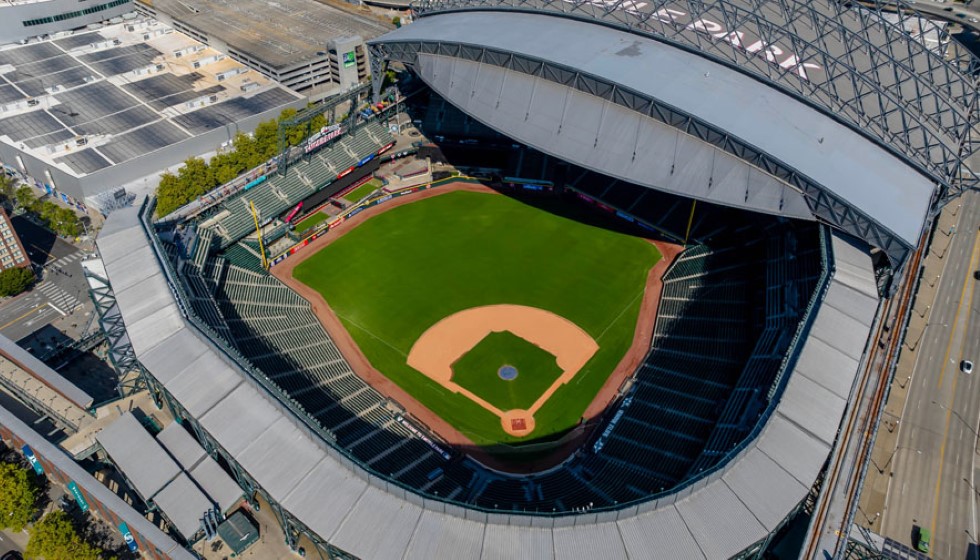
The impending deadline for arbitration-eligible players to submit their salary proposals for the 2025 Major League Baseball season has the baseball community on edge. As the Thursday cutoff nears, athletes and teams are preparing to negotiate proposals, a yearly event that oscillates between collaboration and contention. The majority of players will strike deals with their respective teams before the 1 p.m. ET deadline, though a few will find themselves filing salary figures or, if agreement eludes them, heading to arbitration hearings.
One player who finds himself under the spotlight during this tense offseason is Garrett Crochet of the Boston Red Sox. Crochet is not only navigating the complexities of arbitration but is also in discussions for a multi-year contract extension. Crochet's impressive performance during the 2024 season, with 209 strikeouts and a 3.58 ERA over 146 innings, underscores his value on the mound. With two years of team control remaining, the Red Sox might secure him on a one-year contract for 2025 while extending talks about a longer commitment.
Meanwhile, speculation surrounds Nolan Arenado and his potential openness to waiving his no-trade clause. Historically, Arenado's no-trade clause has shaped discussions about his future, as seen when he exercised it to veto a trade to the Houston Astros earlier in the offseason. Now, however, Arenado seems more willing to consider moves to larger market teams, a shift in stance that adds a new layer of intrigue. The Kansas City Royals, for one, had shown interest in Arenado during the winter, but it’s unclear if his newfound willingness will result in any substantive moves.
The Astros, having been rebuffed by Arenado, have reportedly turned their attention to other trade prospects, such as Christian Walker, highlighting the fluid dynamics of MLB roster-building. Meanwhile, the Toronto Blue Jays have been making waves with their offseason maneuvers, including the signing of Yimi García and acquiring Andrés Giménez through a trade. While their pursuits of stars like Corbin Burnes and Juan Soto did not materialize, the team remains in the spotlight. This comes after a lackluster 74-88 season, emphasizing the pressure on the Blue Jays' management to enhance their roster strategically.
Elsewhere, the Pittsburgh Pirates are evaluating Randal Grichuk as a potential addition to bolster their outfield. With Bryan Reynolds and Oneil Cruz solidly manning left and center fields respectively, Grichuk might fit as a platoon partner with Joshua Palacios in right field. Grichuk’s capacity to hit left-handers, showcased by his .319/.386/.528 slash line with the Diamondbacks last season, makes him an attractive option for the Pirates as they aim to inject offensive depth into their lineup.
These offseason narratives embody the complex and strategic nature of MLB's winter dealings, where player-team negotiations and potential trades capture the fascination of fans and analysts alike. In a period typified by calculated optimism and intense bargaining, clubs and players alike strive to position themselves advantageously for the coming season. Whether through arbitration settlements, potential trades, or contract extensions, the decisions made this offseason will resonate through the 2025 season and beyond, shaping the landscape of America's favorite pastime.